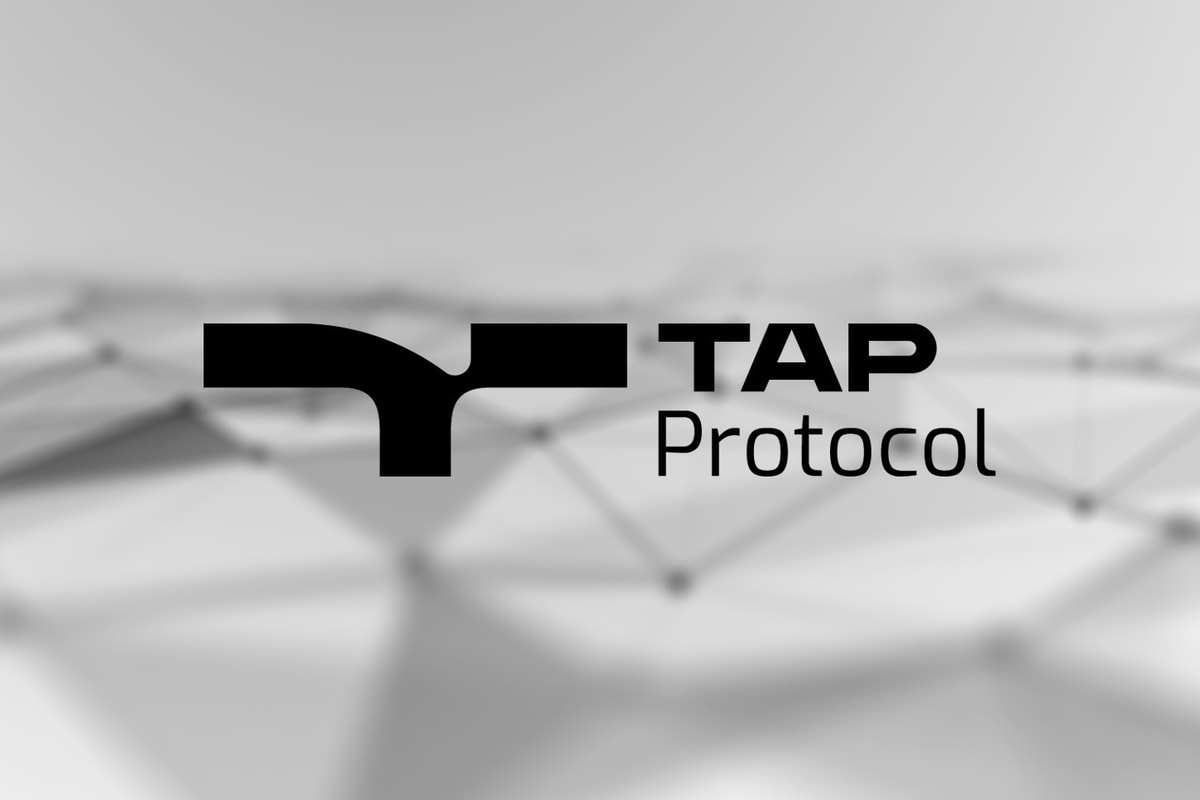W3C, a solution developed by the Web3 development company Blockstars.tech, is reinventing Web3 by adding the missing part to it, doing the same for Web3 as Google did for Web2.
Simply said, W3C is a Web3 search engine. Most people perceive Web3 as something related to cryptocurrencies and NFTs with images of monkeys facilitated by smart contracts and decentralized storage, but there is far more to it. For it to hold the title of the next iteration of the internet, Web3 needs to hold up to its name and at least be a web, complete with hosting services, web pages and, of course, services that provide decentralized domain names.
Nowadays, all the above-mentioned components of Web3 exist in isolation, starting from backend (smart contracts on blockchains like Ethereum), frontend stored on IPFS using hosting services like Filecoin and domain names like Ethereum Name Service. Yet, Web3 is not coming to life as expected or proclaimed. It’s not popular yet.
What’s the reason for that? A simple statistic suggests there is an issue hindering the development of Web3: There are more than 5 million decentralized domain names sold by Unstoppable Domains and ENS (the main platforms where Web3 domains are sold), with total domain names sold at close to roughly 10 million. Millions of dollars’ worth of storage is speared for IPFS pages by Filecoin, Storj and Siacoin; however, only a total of 40,000 pure Web3 pages have been built under them so far. This harkens back to the early days of Web2, when Google and other search engines were freshly launched.
Hence, the answer is simple. Given that no one can search to find a Web3 webpage, there is perhaps no or just a few reasons for having one. Not even the glorified AI is able to locate one: Web3 websites are invisible to everyone.
Web3 is rising at the same speed as the conventional internet

Standard Web2 search engines aren’t quite capable of “diving” into Web3 pages. While they can locate a wallet address, find an image of an NFT or source some DeFi projects, the search is still happening around the traces of these Web3-related products in traditional Web2 infrastructure. None of the products mentioned is a fully Web3-hosted product. Therefore, any Web3 page’s accessibility is limited to the tech-savvy, who know where to find them and are more likely to come across them by happenstance. Furthermore, accessing the sites is another headache on its own. That’s why the last missing piece for Web3 before it goes mainstream is its own search engine.
One of the greatest examples of how desperately the community needs a Web3 search engine is the latest case with the Tornadocash, which the authorities attempted to liquidate. As its smart contract was impossible to block, the authorities took down the web page and revoked its DNS certificate. However, the decentralized webpage still rests on IPFS, and the ENS record is there too. Yet, it is almost impossible to access, as none of the existing search engines can find it. On the other hand, W3C gives its users both instant access to the webpage as well as other pages without using any third-party tool.
How does it work?
- W3C utilizes advanced indexing and categorization to gather data from across the Web3 network. Its search engine indexes decentralized websites, DApps and blockchain data, providing users with relevant and accurate search results.
- W3C allows searching in decentralized IPFS-hosted websites instead of old-fashioned DNSs.
- It uses blockchain ENS domains and Unstoppable domains, (for example, websites hosted on “.blockchain,” “.bitcoin” and “.eth”).
- Each and every change that happens on blockchain is selected by W3C and stored to provide historical data.
Who is behind Web3 Compass?
Blockstars is a leading Web3 development company and the proud creators of W3C. “We believe that the future of the internet lies in its decentralization, and we’re committed to making it accessible to everyone,” said Artyom Harutyunyan, co-founder of Web3 Compass. “Our dedicated team of professionals is constantly working to improve our platform, ensuring that users can effortlessly search and discover IPFS-hosted websites and content — and this is just the tip of the iceberg. W3C is evolving constantly with new capabilities and features.”
Contact
Artyom Harutyunyan, founder of W3C
Email us: [email protected]












